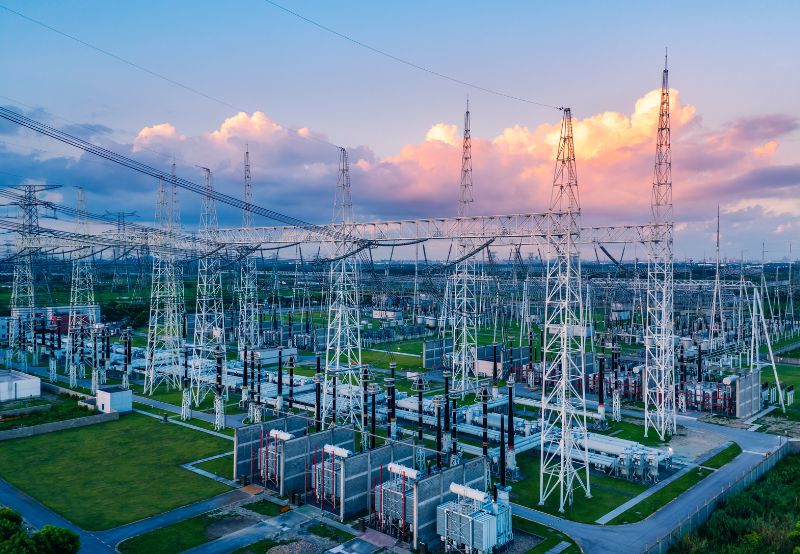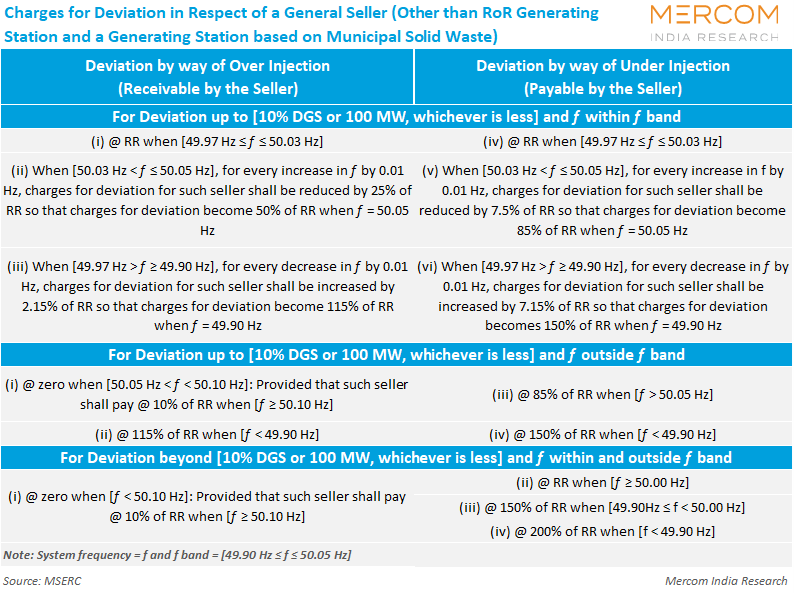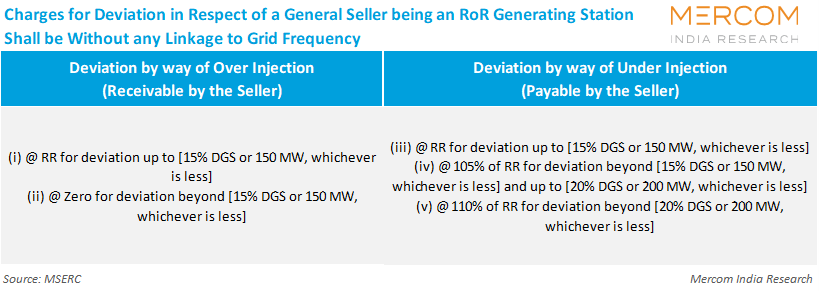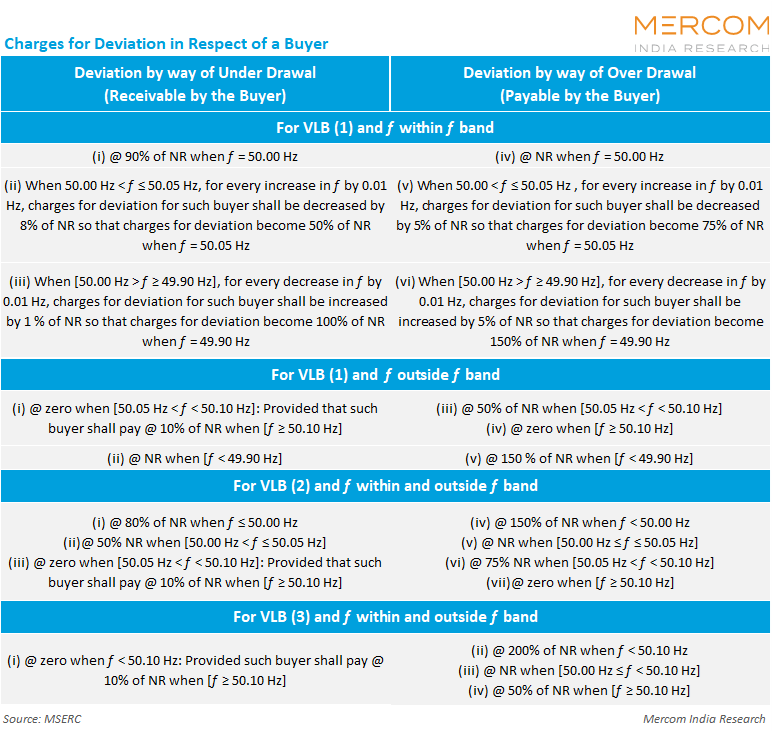Meghalaya Notifies New DSM Regulations 2025 to Enforce Grid Discipline
The state Commission mandated commercial settlement of power deviations
August 4, 2025
Follow Mercom India on WhatsApp for exclusive updates on clean energy news and insights
The Meghalaya State Electricity Regulatory Commission (MSERC) has notified the “Intra-State Deviation Settlement Mechanism (DSM) and Related Matters Regulations, 2025” applicable across the entire state.
The regulations aim to establish a structured commercial framework to manage deviations from the scheduled electricity injections or drawal by grid-connected entities. These rules align with the Central Electricity Regulatory Commission’s (CERC) DSM Regulations, 2024, and aim to ensure grid reliability, frequency discipline, and equitable penalization of deviation-related imbalances.
Applicability and Scope
The regulations apply to all grid-connected entities involved in intrastate electricity transactions. This includes conventional fuel-based generating stations owned by the Meghalaya Power Generation Corporation (MePGCL), other state generators, captive generating projects, renewable energy stations exceeding 5 MW capacity, and those participating through traders or exchanges in long, medium, or short-term contracts.
Distribution licensees within Meghalaya, open access consumers, and captive users drawing power through the state grid also fall under the DSM mechanism’s scope.
Computation of Deviation
Deviation for each 15-minute time block will be calculated as the difference between actual and scheduled generation or drawal. For general sellers, deviation will be measured both in MW and percentage terms, using the formula: deviation (in %) = 100 × (Actual – Scheduled)/Scheduled.
For wind and solar generators, deviation will be calculated against available capacity, and from April 1, 2026, it will be based on a hybrid method involving a Commission-notified (expected generation based on real-time operational potential) of available capacity plus the remaining scheduled generation.
For buyers, deviation will be computed in a similar manner as 100 × (Actual – Scheduled)/Scheduled.
The financial impact of deviation will be structured around the normal rate defined under Regulation 7 of CERC’s DSM Regulations, 2024. Charges for sellers and buyers will be determined by deviation quantum and prevailing grid frequency.
General sellers will be penalized up to 200% of the reference rate based on the deviation bands and frequency zones. In particular, over-injection during high-frequency conditions will receive lower payments, while under-injection during low-frequency conditions will attract higher penalties.
Category-wise Deviation Charges for Sellers and Buyers
Run-of-river hydropower projects are paid at the reference rate for deviations of up to 15% and penalized up to 110% of the reference rate for higher under-injection. Wind and solar projects are categorised with VLwS(1) and VLwS(2) deviation thresholds.
Until March 2026, solar/hybrid generators are permitted 10% deviation at full payment, 10% to 15% at 90% rate, and no payment beyond that; wind is permitted 15% and 15% to 20% deviation at similar rates.
From April 2026, thresholds will tighten to 5% to 10% for solar and 10% to 15% for wind, with deviations beyond VLwS(2) attracting no payment for over-injection and a 200% penalty for under-injection.
Energy storage systems (ESS), including standalone or pumped hydro, will be treated on par with general sellers. Overdrawal during charging will be considered under-injection. Wind and solar plus ESS hybrid systems follow wind-solar category rules for injection and ESS rules for drawal. Infirm power from trial runs is not compensated, except for thermal plants during initial trial runs, capped at ₹2.86 (~$0.033)/kWh.
Startup and shutdown power is paid at the reference rate, contract rate, or the average clearing price of the day-ahead market (DAM), if applicable.
For buyers, deviation penalties are structured across VLB(1) to VLB(3) tiers. Normal buyers are allowed up to 10% or 100 MW deviation under VLB(1), while buyers under 400 MW or in renewable energy-rich states are allowed wider bands. Buyer underdrawals can earn incentives of up to 90% of the normal rate based on frequency, and overdrawals will attract penalties of up to 200% of the normal rate.
Deviation Charges
Scheduling, Despatch, and Energy Accounting
Scheduling will be governed by the Meghalaya State Grid Code, CERC IEGC 2023, and the State Open Access Regulations, 2012. Sellers must declare daily capacity in 15-minute time blocks, and buyers must submit requirements accordingly.
The state load dispatch center (SLDC) will finalize schedules and issue dispatch instructions that are binding. Schedule revisions will be permitted on the day of operation.
In energy accounting, single supply consumers (SSC) with excess drawal, pay deviation charges. For SSCs with under-drawal, the charges will be settled via the DSM mechanism.
Settlement, DSM Account, and Financial Provisions
The SLDC will prepare and issue the State Deviation Settlement Mechanism Account (SDSMA) monthly. Bills must be issued within five working days of the month-end, with payment due within seven days. Delay in payment will attract an interest of 0.04% per day. SLDCs must disburse collected deviation charges within two days of receipt.
For repeat defaulters, the Commission mandates the submission of a letter of credit (LC) equivalent to 110% of average DSM dues for the preceding quarter. This limit can be increased if the deviation dues rise above 50%. SLDC can encash the LC and initiate proceedings against payment defaults.
Surplus of up to 90% from the DSM Pool Account will be used for grid reliability, operator training, and infrastructure upgrades, with prior Commission approval.
Subscribe to Mercom’s real-time Regulatory Updates to ensure you don’t miss any critical updates from the renewable industry.




